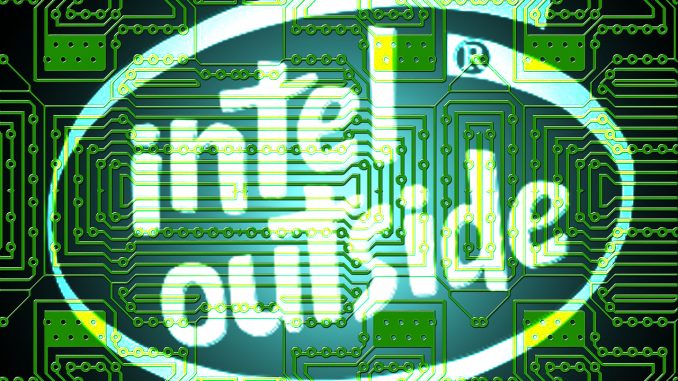
Apple rumoured to be preparing to switch Mac computers to use home grown CPUs
Apple Inc manufacturers of the iphone and Mac computers is reportedly prepared to switch from using Intel CPUs in its Macintosh range of computers in favour of a home produced version is was revealed by Bloomberg.
Currently Apple have 2 different operating systems and CPU architectures in their devices. There is the iPhone and iPads which run on Apples ARM based CPUs and run iOS software and the Mac range of computers which use MacOS software running on Intel processors. But it has been rumoured for a while that Apple had a version of MacOS that had been ported to run on ARM processors but this change could happen by 2020 according to the insider sources.
While the switch away from Intel is not due for another 2 years an upgrade to the MacOS software which will allow Macs to run iOS apps (code named Marzipan) could be coming to Mac computers before the end of 2018.
There has already been some work in getting ARM chips inside Macs with a ARM based co-processor being put into Macbook and iMac Pro range which ran a mini operating system which handled tasks such as security and alters. But this change in 2020 is supposed to switch the whole OS to use an ARM based chip.
Intel’s stock was down 9.2% on the news which was a bigger drop than when the news of the Meltdown and Spectre bugs were announced at the beginning of 2018. Despite this it is unlikely to cause a big dent in Intel’s profits as Apple only ships a relatively small amount of Macs accounting for about 5% of Intel CPU sales.
It will still be a blow to Intel’s reputation though – who declined to comment on the news – as when Apple previously announced it was switching from the PowerPC chips to using Intel chips in its computers back in 2015, the Intel CEO was their on stage with Steve Jobs to make the announcement.
If the rumours are correct it will be the 4th CPU architecture that Apple has used in their Mac computers. Originally the early Macs from the late 80s came with a Motorola 68000 based CPU, when Motorola stopped developing the 68000 range they teamed up with IBM and Apple to produce the PowerPC chip which like ARM was a RISC chip designed to go up against Intel’s CPUs. Apple stuck with the PowerPC for around a decade but it was clear that the PowerPC chip was loosing ground against Intel and this is when Apple decided once again to switch to a new processor.
Although it will cause some headaches for software developers to have to redesign their apps for ARM it does make sense for Apple to do the switch. Currently the Mac range is the only Apple products where the CPU is not designed by the in-house Apple engineers so replacing the Intel CPU for one of their own design should result in lower costs. This is especially relevant since sales have flat lined recently so finding other ways of reducing costs to keep shareholders happy are needed.
Other benefits of switching to ARM are generally ARM processors are less power-hungry than Intel chips which should let Apple develop computers with longer battery life. It will also allow them to integrate more onto the chip so that they can produce lighter and thinner devices. Perhaps they could even include some hardware in the chip which would improve performance when running code designed for Intel chips to aid in the migration.
Apple have already proved that their CPU designs can give them a competitive advantage with the ARM chips in their iPhones and iPads being the fastest on the market. If the Apple engineers can continue to get high performance from the ARM based chips then there should be no real performance hit for end users.